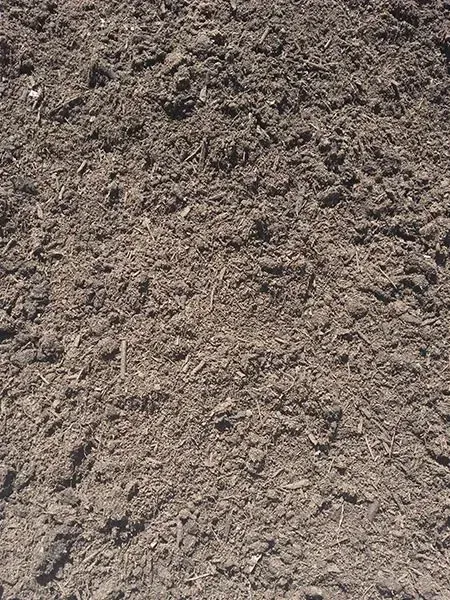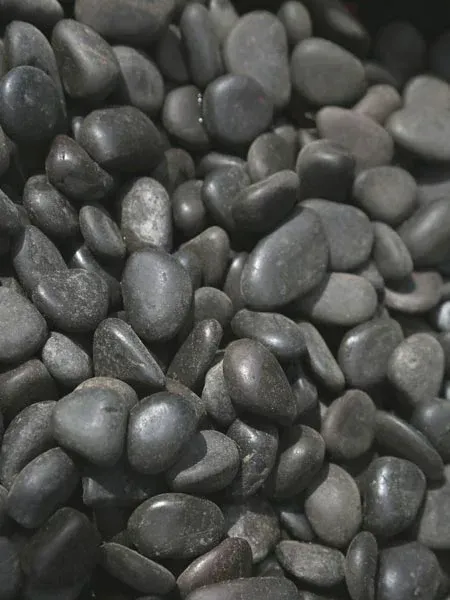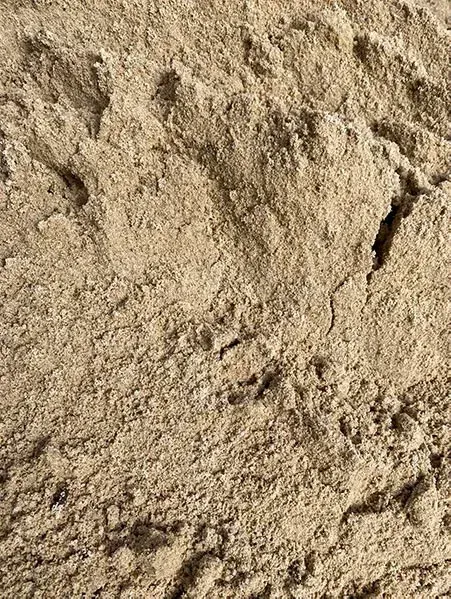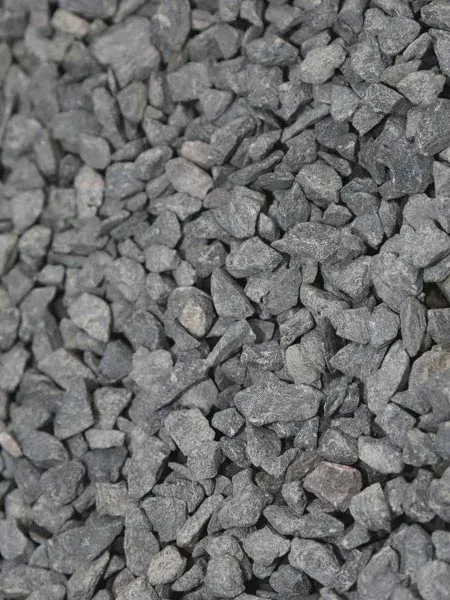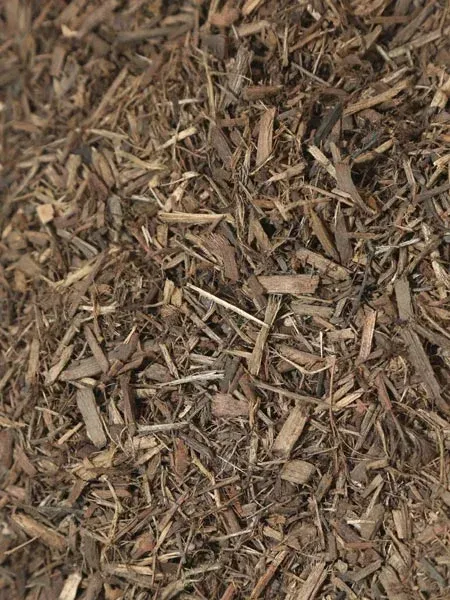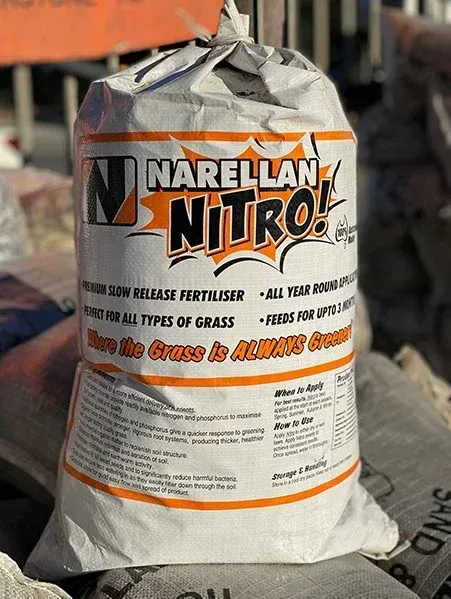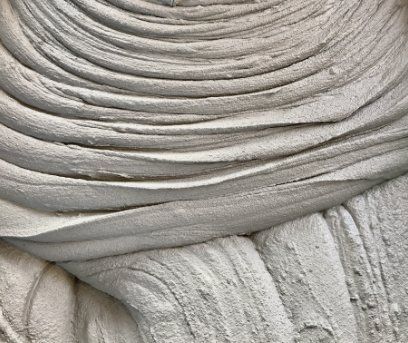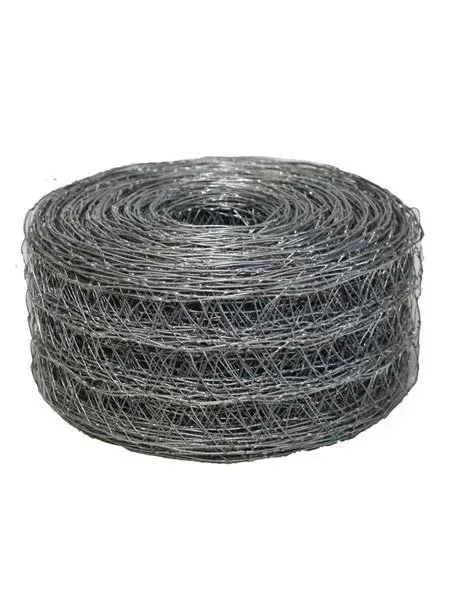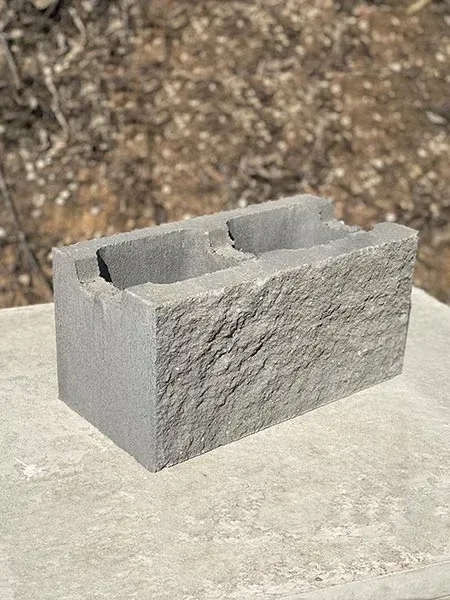When it comes to construction materials, cement plays a vital role in shaping our built environment. Traditional cement, known as ordinary Portland cement (OPC), has been widely used for decades. However, in recent years, a new type of cement has emerged that offers unique properties and benefits: low heat cement. In this blog post, we will explore what low heat cement is and why it is gaining popularity in the construction industry.
Low heat cement, also known as low heat hydration cement, is a specialised type of cement that generates less heat during the hydration process compared to OPC. Hydration refers to the chemical reaction that occurs when cement and water combine, resulting in the hardening of the material. This reaction is exothermic, meaning it releases heat. While the heat of hydration is essential for cement to cure and gain strength, excessive heat can cause thermal cracking and other issues in large concrete structures.
Low heat cement incorporates specific mineral additives, such as fly ash or blast furnace slag, during the manufacturing process. These additives act as supplementary cementitious materials (SCMs) and help reduce the heat of hydration. By controlling the heat generated, low heat cement minimises the risk of thermal cracking, making it particularly suitable for massive concrete structures like dams, bridges, and nuclear power plants.
Apart from its heat reduction properties, low heat cement offers other advantages. It provides excellent long-term durability and has a lower risk of shrinkage and cracking. The reduced heat also slows down the curing process, allowing for more extended working times, which can be advantageous during hot weather conditions. Additionally, low heat cement exhibits similar strength characteristics to OPC, making it a reliable alternative.
Low heat cement has become increasingly popular in the construction industry due to its ability to minimise thermal cracking and improve the durability of concrete structures. Whether you are working on a large-scale infrastructure project or a residential building, considering low heat cement can lead to better outcomes and increased longevity.
For more information on
low heat cement and other construction materials,
reach out to Narellan Sand, Soil & Garden Supplies. Our knowledgeable team can provide expert advice and assist you in choosing the right products for your construction needs.

